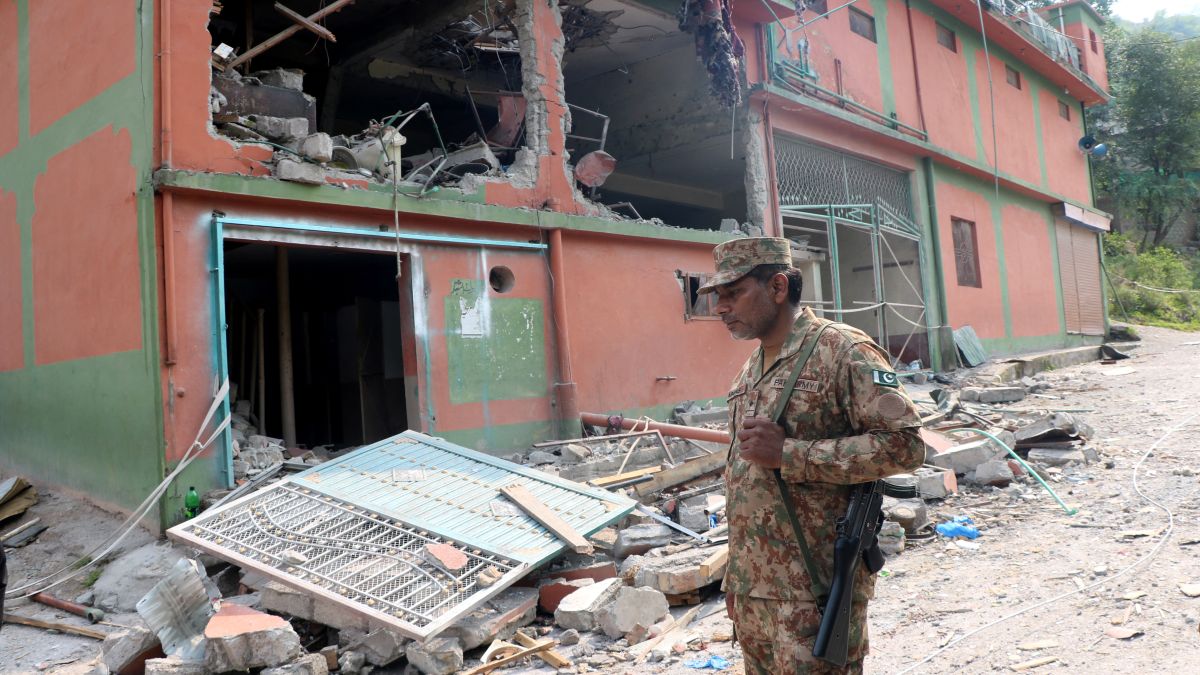

India's military strategy against Pakistan has undergone significant transformations since the late 20th century, evolving from large-scale conventional warfare to precision strikes targeting terrorist infrastructure. This shift reflects changing geopolitical realities, technological advancements, and a refined understanding of asymmetric warfare. Two operations, "Vijay" and the recent "Sindoor," exemplify this evolution.
"Operation Vijay" is a name attributed to two significant military events. The first "Operation Vijay" occurred in 1961 when India annexed Goa from Portuguese rule. The second, and perhaps more widely known, "Operation Vijay" was launched in 1999 to expel Pakistani forces who had infiltrated the Kargil region of Jammu and Kashmir. In the spring of 1999, Pakistani troops, disguised as Kashmiri militants, occupied strategic positions on the Indian side of the Line of Control (LoC) in the Kargil sector. This infiltration took India by surprise. The Indian military's response, codenamed 'Operation Vijay', focused on reclaiming the occupied positions. This involved mobilizing 200,000 Indian troops. The Indian Air Force played a crucial role through "Operation Safed Sagar," providing air support to ground troops. After weeks of intense fighting, the Indian Army successfully recaptured key positions, and Pakistani forces withdrew. The Kargil War was also the first war beamed live to countless homes across the country, giving birth to a new era of heroes. "Operation Vijay" highlighted the need for constant vigilance, strategic planning, and specialized training for high-altitude warfare.
Fast forward to May 7, 2025, India launched "Operation Sindoor," a precision strike targeting nine terror hubs in Pakistan and Pakistan-occupied Kashmir. This operation was a direct response to the Pahalgam terror attack, which resulted in the death of 26 civilians. The Ministry of Defence called the strike "precise and limited," aimed at neutralizing imminent cross-border threats. Unlike previous operations, "Operation Sindoor" was technologically robust and expansive. It involved the deployment of air, naval, and land-based assets, including air-launched SCALP cruise missiles, HAMMER precision-guided bombs, and loitering munitions. These were fired from Indian Air Force aircraft operating from deep within Indian territory and supported by mid-air refueling and airborne early-warning systems. According to reports, over 70 militants were killed, and more than 60 others were injured during the coordinated assault.
"Operation Sindoor" marks a significant shift in India's strategic posture. It signals a move towards preemptive action against terrorist infrastructure, with the understanding that no location is beyond reach. The operation's design mirrors India's 2016 and 2019 strikes, which targeted militants without triggering a full-scale war, suggesting a pattern of calibrated responses. By framing the strikes as counterterrorism-focused and avoiding sovereign Pakistani targets, New Delhi sought to limit retaliatory pressure on Islamabad.
The evolution from "Operation Vijay" to "Operation Sindoor" demonstrates India's adaptation to the changing nature of conflict. While "Operation Vijay" was a conventional military operation aimed at reclaiming territory, "Operation Sindoor" is a targeted strike focused on neutralizing terrorist threats. This shift reflects a broader trend in modern warfare, where precision and minimal collateral damage are prioritized. The use of advanced technology and intelligence gathering further underscores this evolution. India's military operations against Pakistan have transformed from conventional warfare to targeted strikes, emphasizing precision and minimal escalation. This evolution showcases India's commitment to defending its interests while adapting to the changing dynamics of modern conflict.